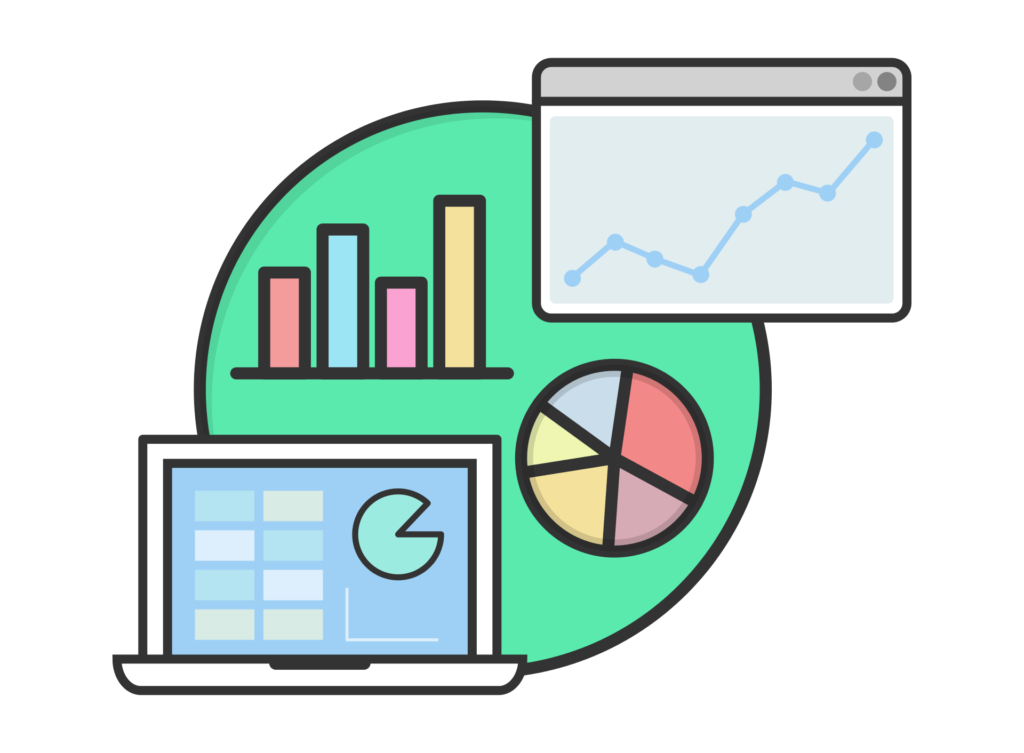E-commerce has become a crucial part of modern business, with online sales projected to reach over $4 trillion by 2020. With so much potential for growth, it’s no wonder that more and more businesses are turning to the internet to sell their products and services. However, as the number of online retailers grows, it becomes increasingly important for e-commerce sites to stand out from the crowd. This is where e-commerce site optimization comes in.
Optimizing your e-commerce site can help to increase your visibility on search engines, resulting in more traffic, more sales, and ultimately, more revenue. In this article, we’ll take a comprehensive look at e-commerce site optimization and discuss some of the best practices you can use to improve your site’s performance.
Keyword Research
Contents
Keyword research is the foundation of any e-commerce site optimization strategy. It helps you to understand what your target audience is searching for and how you can best meet their needs. Here are a few tips to help you with your keyword research:
Start by identifying the main products or services that you offer, as well as any related keywords or phrases that you can use to describe them.
Use keyword research tools, such as Google Keyword Planner or SEMrush, to find out how often these keywords are searched for and what the competition is like.
Create a list of keywords that are relevant to your business and that you think your target audience is likely to search for.
Use these keywords throughout your site, including in product titles, descriptions, and meta tags.
On-page Optimization
Once you’ve done your keyword research, it’s time to start optimizing your site’s pages. On-page optimization is the process of making sure that your pages are structured and formatted in a way that search engines can understand and that visitors can easily navigate. Here are some tips for on-page optimization:
Use proper headings (H1, H2, H3, etc.) to structure your content and make it easier for both visitors and search engines to understand.
Use keywords throughout your content, but make sure that you’re using them naturally and not stuff them.
Make sure that all of your images are properly tagged with alt text that includes relevant keywords.
Ensure that all of your site’s pages have a clear and concise meta description that includes relevant keywords.
Product Optimization
In addition to optimizing your site’s pages, you’ll also want to optimize your products and product categories. Product optimization helps to increase the visibility of your products on both search engines and your own site, resulting in more sales. Here are a few tips for optimizing your products:
Use unique and descriptive product titles that include relevant keywords.
Use bullet points and numbered lists to organize and highlight important information about your products.
Create detailed product descriptions that include relevant keywords and that clearly communicate the benefits of your products.
Include high-quality images and videos that showcase your products in the best possible light.
Use product reviews and ratings to build trust and credibility with potential customers.
Technical Optimization
In addition to on-page and product optimization, you’ll also want to make sure that your e-commerce site is technically optimized for search engines. Technical optimization involves making sure that your site is properly structured and that it loads quickly and smoothly.
